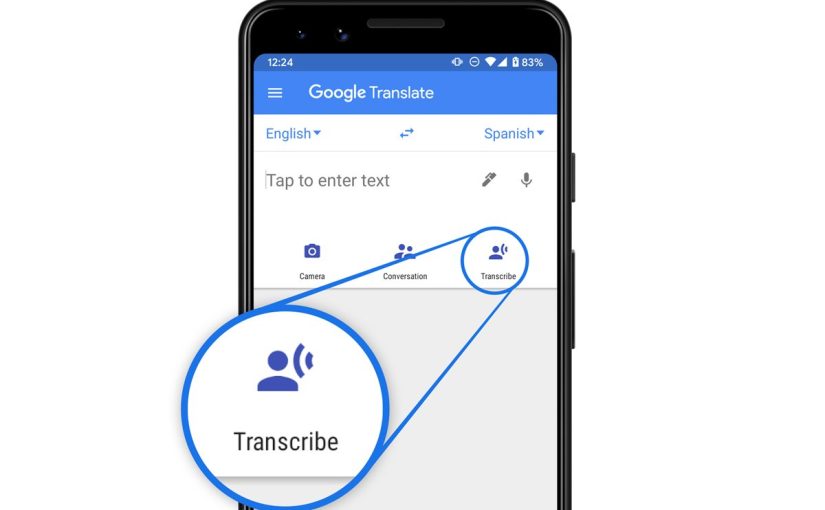Introduction:
In our increasingly interconnected world, communication has become a key factor in breaking down barriers and fostering collaboration across borders. Language, however, remains a significant hurdle. Fortunately, technology has stepped in to bridge this gap, and one notable solution is Google Translate. In this blog post, we’ll explore the wonders of Google Translate, with a specific focus on its capabilities in google translate english to spanish
The Rise of Google Translate:
Google Translate, developed by Google, has evolved into one of the most widely used language translation services globally. Launched in 2006, it has undergone continuous improvements, making it a powerful tool for breaking down language barriers. The service uses advanced machine learning algorithms, which means it gets smarter over time as it processes more data.
English to Spanish Translation:
One of the standout features of Google Translate is its proficiency in translating English to Spanish. Whether you’re a traveler trying to navigate through the streets of Madrid, a student working on a Spanish assignment, or a professional engaging in cross-border business, Google Translate has you covered.
- Accuracy and Fluency: Google Translate employs sophisticated algorithms that analyze vast amounts of text data to ensure accurate and fluent translations. While it may not always capture the nuances of idioms or colloquial expressions perfectly, it excels in delivering the main message with clarity.
- Real-time Translation: The real-time translation feature is particularly useful for live conversations. With the Google Translate app, you can engage in spoken conversations and see the translations instantly on your screen. This makes it an invaluable tool for travelers, allowing them to communicate effectively in unfamiliar environments.
- Text and Image Translation: Google Translate goes beyond text translation; it also supports the translation of images. Simply snap a photo of a sign, menu, or any written text, and Google Translate can provide you with the translation. This feature is a game-changer for travelers and students alike.
- Offline Mode: Recognizing that internet access may not always be available, Google Translate offers an offline mode for certain language pairs, including English to Spanish. This is particularly beneficial for users in remote areas or those traveling internationally without a reliable data connection.
- Learning and Improving: Google Translate continually learns from user inputs and feedback. The more people use the service, the better it becomes at understanding and translating languages. This iterative learning process contributes to the overall improvement of the translation quality.
Challenges and Considerations:
While Google Translate is a powerful tool, it’s essential to be aware of its limitations. It may struggle with highly specialized or technical language, and context-dependent phrases might not always be translated accurately. Users should exercise caution when dealing with sensitive or confidential information, as machine translations may not guarantee privacy.
Conclusion:
In the grand tapestry of global communication, Google Translate stands out as a thread weaving together diverse languages and cultures. Its ability to seamlessly translate English to Spanish opens up new possibilities for collaboration, understanding, and connection. Whether you’re a student, a professional, or an adventurer exploring the world, Google Translate is a versatile companion breaking down language barriers and making the world a more interconnected place. Embrace the power of language, and let Google Translate be your guide on the journey to meaningful communication.

